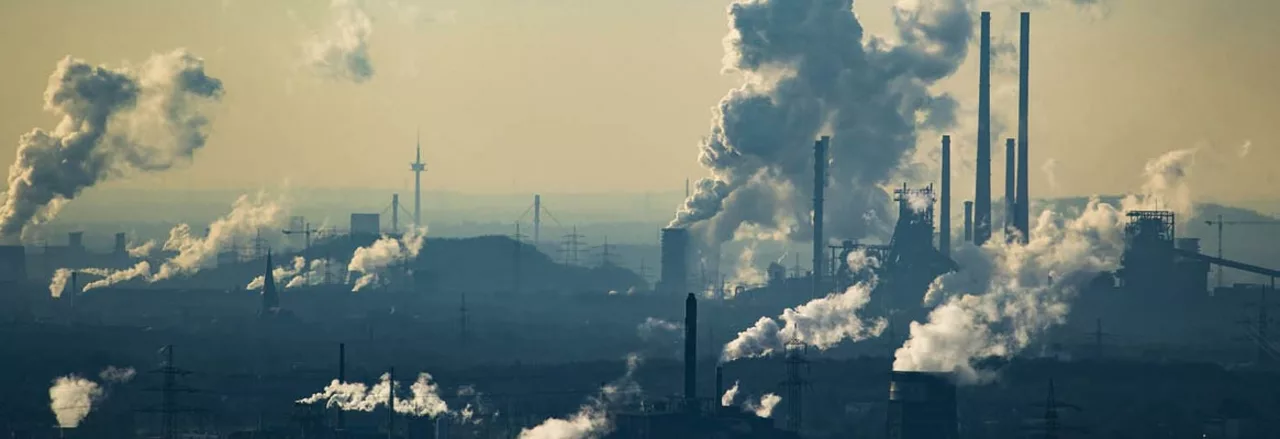Pollution and Fertility: Quick Facts & How to Protect Your IVF Journey
If you’re planning a pregnancy or already on an IVF cycle, you’ve probably heard that pollution can mess with your chances. It’s not just a vague warning – real research shows dirty air, water, and soil can lower hormone levels, damage eggs, and hurt sperm quality. The good news? You don’t need to become a hermit to stay safe. Simple habits can cut down the risk and keep your body ready for conception.
How Air Quality Messes With Your Hormones
Breathing in fine particles (PM2.5) and chemicals like nitrogen dioxide triggers inflammation inside the body. That inflammation interferes with estrogen and progesterone, two hormones that control ovulation and implantation. Studies on women living in heavily polluted cities report lower IVF pregnancy rates compared to those in cleaner areas. Even a short‑term spike in air pollutants can drop the odds of a successful embryo transfer.
Water and Soil: Hidden Threats for Men and Women
Contaminated water often contains heavy metals such as lead or cadmium, which accumulate in reproductive organs over time. For men, these metals reduce sperm motility and increase abnormal shapes. Women exposed to high levels of pesticides through food or soil may see delayed ovulation or lower egg quality. The impact isn’t instant, but long‑term exposure adds up, making it harder for IVF labs to work with healthy embryos.
So what can you do right now? First, check the air‑quality index (AQI) on your phone before stepping out. On bad days, keep windows shut and use an indoor air purifier with a HEPA filter. If you have to run errands, wear a mask that filters fine particles – it’s cheap and surprisingly effective.
Second, filter your drinking water. A simple activated‑carbon filter removes many contaminants, and if you’re near industrial zones, consider a reverse‑osmosis system. Drinking filtered water not only protects fertility but also improves overall health.
Third, clean up the food you eat. Wash fruits and veggies thoroughly, peel where possible, and choose organic produce for items known to carry pesticide residues (like strawberries or spinach). Swapping a few processed snacks for fresh nuts or seeds reduces your intake of hidden chemicals.
If you’re already in an IVF cycle, talk with your clinic about timing. Some doctors recommend starting treatment when seasonal air quality is best – typically spring or early autumn in many regions. Aligning embryo transfer with lower pollution days can give the uterus a cleaner environment for implantation.
Lastly, stay active indoors on high‑pollution days. A quick workout at home, yoga, or even a brisk walk in a park far from traffic helps keep circulation strong without inhaling harmful fumes. Pair this with antioxidant‑rich foods (berries, leafy greens) to combat any lingering oxidative stress caused by pollutants.
Pollution isn’t something you can control entirely, but the steps above let you lower its impact on your fertility goals. Keep an eye on local air reports, filter what you drink and eat, and lean on your IVF team for timing advice. Small changes add up to a healthier body ready for conception.

The Environmental Impact of Fexofenadine Manufacturing
As a blogger concerned about the environment, I recently came across the topic of Fexofenadine manufacturing and its environmental impact. Fexofenadine is a widely used antihistamine drug, and its production process can harm our environment. During the manufacturing process, hazardous chemicals are used, which, if not disposed of properly, can contaminate water and soil. Additionally, the energy consumption and greenhouse gas emissions associated with the production and transportation of Fexofenadine contribute to climate change. It's essential for pharmaceutical companies to adopt greener production methods and work towards reducing the environmental impact of Fexofenadine manufacturing.